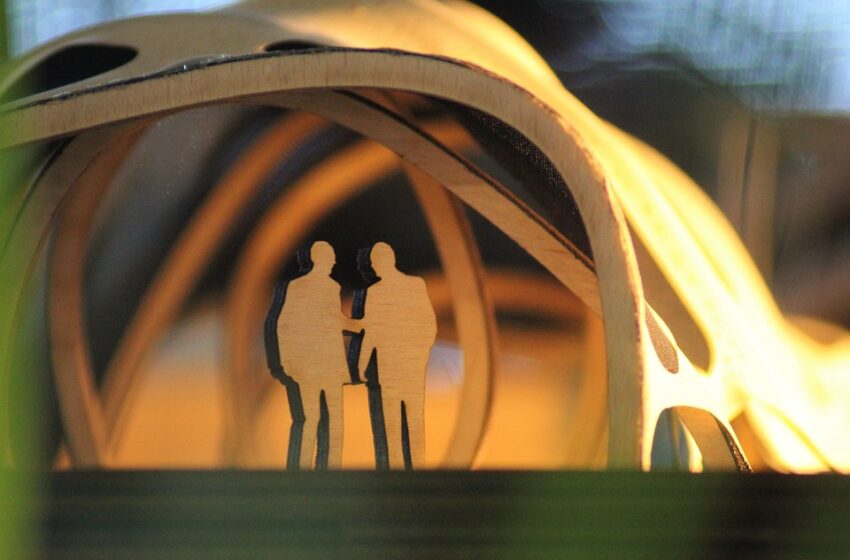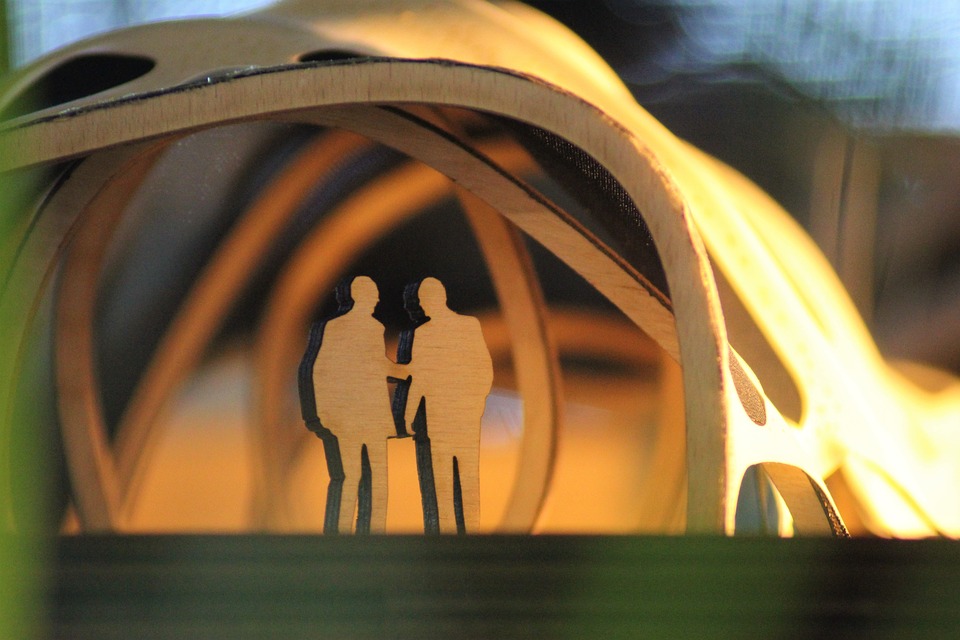How AR Technology is Transforming Industries: From Retail to Healthcare

From retail to healthcare, augmented reality (AR) is an emerging technology that alters functionality how several sectors operate. Use cases include creation of an immersive and engaging experience by superimposing digital pictures and information on top of the actual environment using AR technology. The use of AR technology expands and influences on a variety of industries.
AR technology influences the mode of purchasing products by users in the retail sector. Retailers may use augmented reality (AR) to create virtual try-on experiences so that customers can see how a product will fit them before buying. Customers have a better notion of what they are purchasing, which not only improves the shopping experience but also lowers the amount of returns. Customers may make more informed judgments about what to buy by using AR to create interactive product demos. For instance, virtual try-on experience for wearing glasses in Lenskart has increased customer engagement, satisfaction, and purchase confidence for users.
AR technology is completely changing how doctors diagnose and treat patients in the healthcare sector. With augmented reality (AR), physicians may superimpose real-time medical imagery, such MRIs or X-rays, on a patient’s body to provide a more precise and comprehensive picture of the patient’s health. Doctors may be able to identify patients more accurately and create better treatment regimens as a result. Before treating actual patients, medical students may rehearse operations in a virtual setting, which is helpful for simulation training based on augmented reality technology.
AR technology has influenced the construction and industrial sectors too. Workers may do jobs more correctly and effectively by employing augmented reality (AR) to superimpose digital instructions and representations onto machinery and equipment. Architects and engineers may see the finished result before it is constructed by using augmented reality (AR) to generate virtual mock-ups of buildings and construction projects. This reduces mistakes and delays in the building process.
AR technology offers new and engaging experiences for viewers in the entertainment sector. Filmmakers may use augmented reality (AR) to create immersive movie-watching experiences that let audiences engage with the characters and settings in real time. By superimposing digital material on the actual environment, augmented reality technology is also being utilized to improve live events, such sporting events and concerts, giving attendees a more memorable and captivating experience.
All things considered, augmented reality technology is changing industries in ways we never imagined. AR is changing how we work, shop, and live in a variety of industries, including healthcare, retail, manufacturing, and entertainment. We may anticipate much more creative uses and revolutionary developments in the years to come as AR technology develops further.






